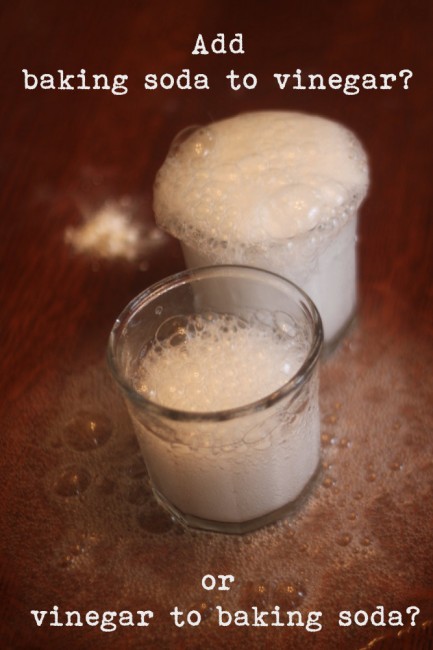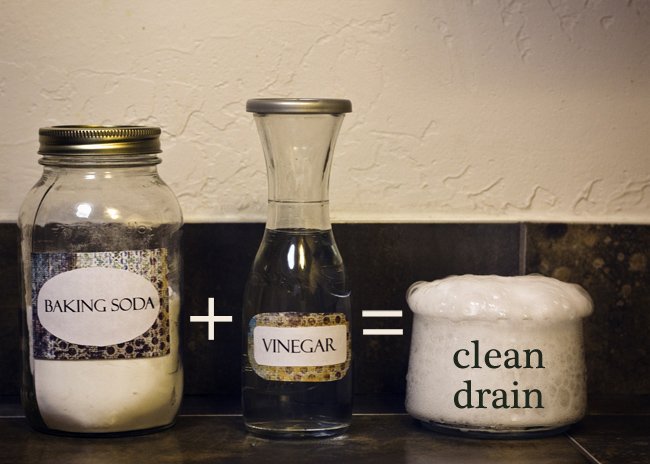
Skittles
Aim: To separate colours by using the process of chromatography.
Materials;Aim: To separate colours by using the process of chromatography.
2. 5 different coloured skittles.
3. water.
Process:
Step 1: Spread skittles evenly.
Step 2: Fill circle container with water.
Step 3: watch the colours spread.
Step 4: take pictures.
Step 5: eat skittles.
Findings: I found that the colours drain from the skittles and into the water.
Extension:
What is another experiment you could do using chromatography and how would you do it.
Title; traffic light experiment
Aim: to have the three colours separate
Materials: Water, green, yellow, red food colouring, cup and vegetable oil.
Process: Put some water in a cup then add a drop of red food colouring. After add some oil. Put some water in the cup then add a drop of yellow food colouring. After add some oil.Put some water in the cup then add a drop of gr food colouring. Now you should have a traffic light.



